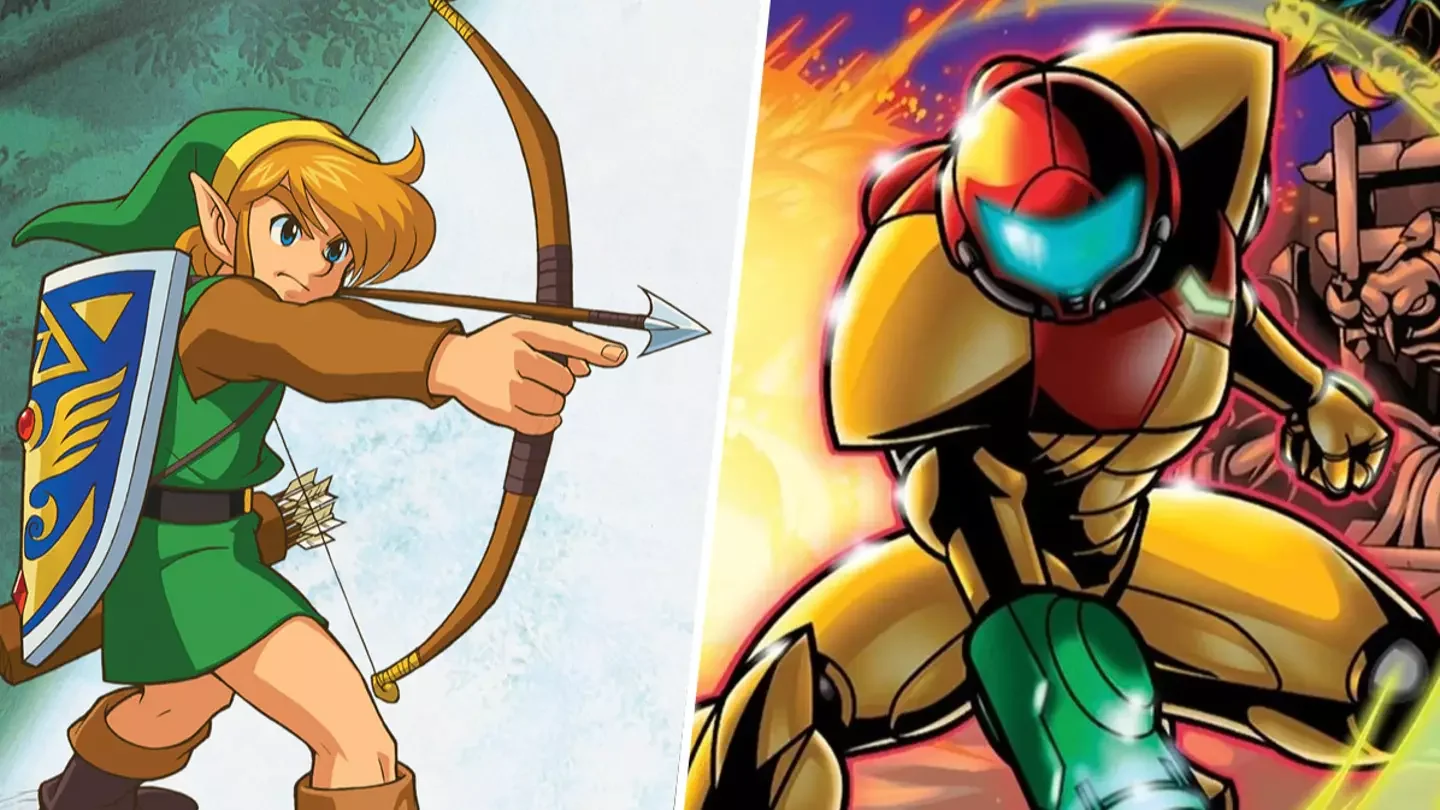The Evolution of Game Narration: From Pixels to Prose
/By Liam Kettle
Image Courtesy of ZA/UM, Naughty Dog/Sony®, 2K games.
In the early decades of video gaming, storytelling wasn’t the central focus. The blinking pixels of early arcade games offered action and challenge, not emotional depth. But over time, game developers began to explore new ways of weaving narrative into gameplay, laying out the foundation for the deeply immersive storytelling we often take for granted today.
The Origins: Mechanics Before Story
The 1970s marked the birth of video games, and titles like Pong and Space Invaders became instant classics. But these games were primarily mechanic driven. The story was extremely simple and only provided context to justify the gameplay, with Pong having no story at all. Whereas Space Invaders, you defended Earth from alien attacks, but no backstory or characters were offered. The goal was purely survival.
But a game that went under the radar was Colossal Cave Adventure. This was one of the first instances of narrative in a video game. It had the player character go through multiple text-based scenarios where they were required to make a choice to progress.
Story Gets a Face: Visual and Graphic Adventures
As graphical capabilities improved during the 8-bit and 16-bit eras, games like The Legend of Zelda and Metroid began integrating sparse but meaningful narratives. While gameplay still dominated, the addition of simple story hooks such as rescuing a princess or defeating an all-consuming evil force, gave players purpose.
Most of these games used minimal dialogue and cutscenes. Instead, the story was conveyed through level, design, music, and atmosphere. Metroid’s haunting isolation or Zelda’s sense of epic quest were as much about tone as they were about explicit storytelling.
Image courtesy of Nintendo®.
The CD-ROM Revolution and Cinematic Narratives
The 1990s brought CD-ROMs, which expanded storage space and opened the door for more elaborate narration. Games like Final Fantasy VII pushed the envelope with character development, dramatic plot twists, and cinematic cutscenes. Voice acting started to appear, and developers experimented with branching narratives.
Meanwhile, Western developers were exploring new territory. Half-life integrated storytelling directly into gameplay, eliminating cutscenes and keeping players immersed in the experience. The story unfolded around the player, not in spite of them.
This era marked a shift: narration was no longer separate from gameplay – it became part of it.
The Rise of Player Choice
In the 2000s, narrative ambition surged. Massive franchises like Mass Effect, Bioshock, and the Witcher series embraced complex stories with moral ambiguity and player-driven decisions. Developers began treating players not just as passive participants, but as storytellers in their own right.
This period saw the rise of branching narratives and consequences. Games now offer multiple endings, unique character arcs, and dialogue trees that make each playthrough personal and varied. The idea that games could offer interactive storytelling truly took hold, and there was a certain appeal behind each player having a different story of their gameplay experience to share.
This marked the steppingstone for what is considered the golden age of video game narratives.
Indie Games and Emotional Storytelling
As indie games gained prominence in the 2010s, a new wave of narrative innovation emerged. Without the pressure of AAA production, indie developers explored more intimate, emotional stories.
Titles like Journey, Undertale, and Celeste experimented with minimalism, unreliable narrators, and even meta-narrative. These games proved that powerful storytelling didn’t require massive budgets our out of this world graphics - just creativity and authenticity.
This doesn’t mean that AAA production wasn’t pumping out narrative masterpieces though. A popular title of being the Last of Us and its sequel set new standards for character-driven storytelling in blockbuster games, blending cinematic direction with interactive drama. The narrative in particular here was strong enough to adapt into a TV series which became immensely popular.
Image courtesy of Sony®, Toby Fox, Extremely OK Games.
Over the Horizon
From text-based adventures to cinematic epics and emotionally resonant indie titles, video game narration has traveled a long road. It’s no longer just about saving the princess or defeating the “big bad”. Today’s games grapple with identity, loss, morality, and ideology.
As technology continues to grow, so will the ways we tell and experience stories in games. Unlike passive media, games offer something no other form can: the power to live the story, to shape it, and to feel the consequences of our choices in a world built for interaction.
Video game narration isn’t just a part of gaming experience. It’s what give it meaning.




